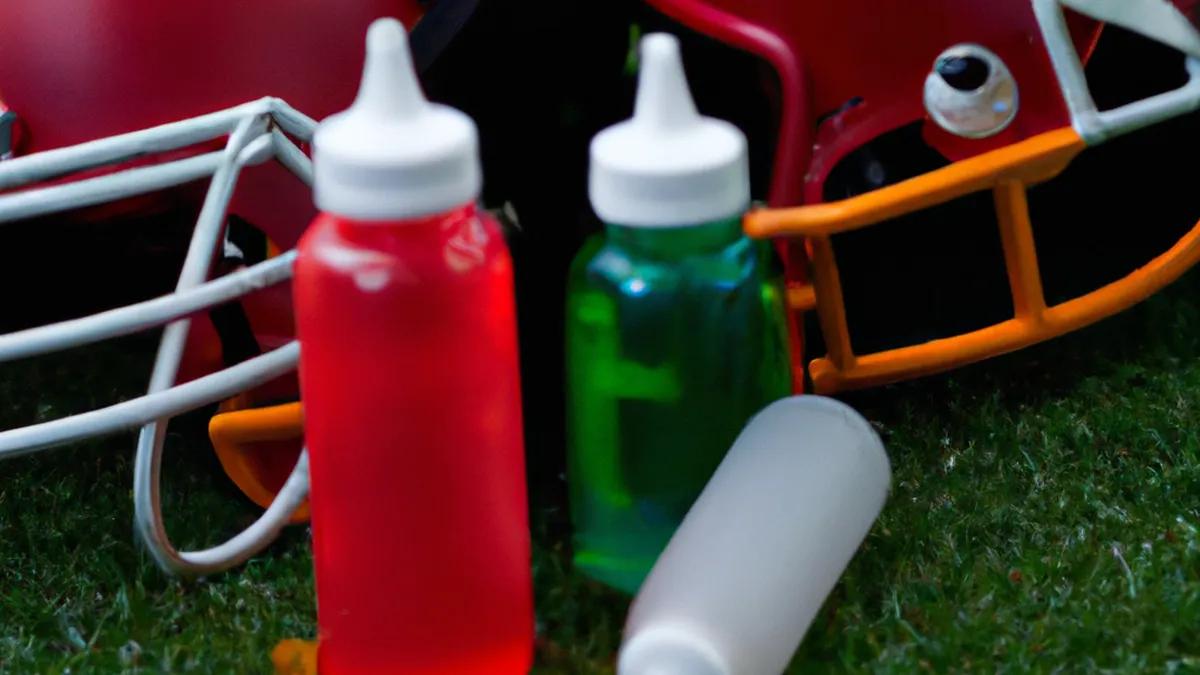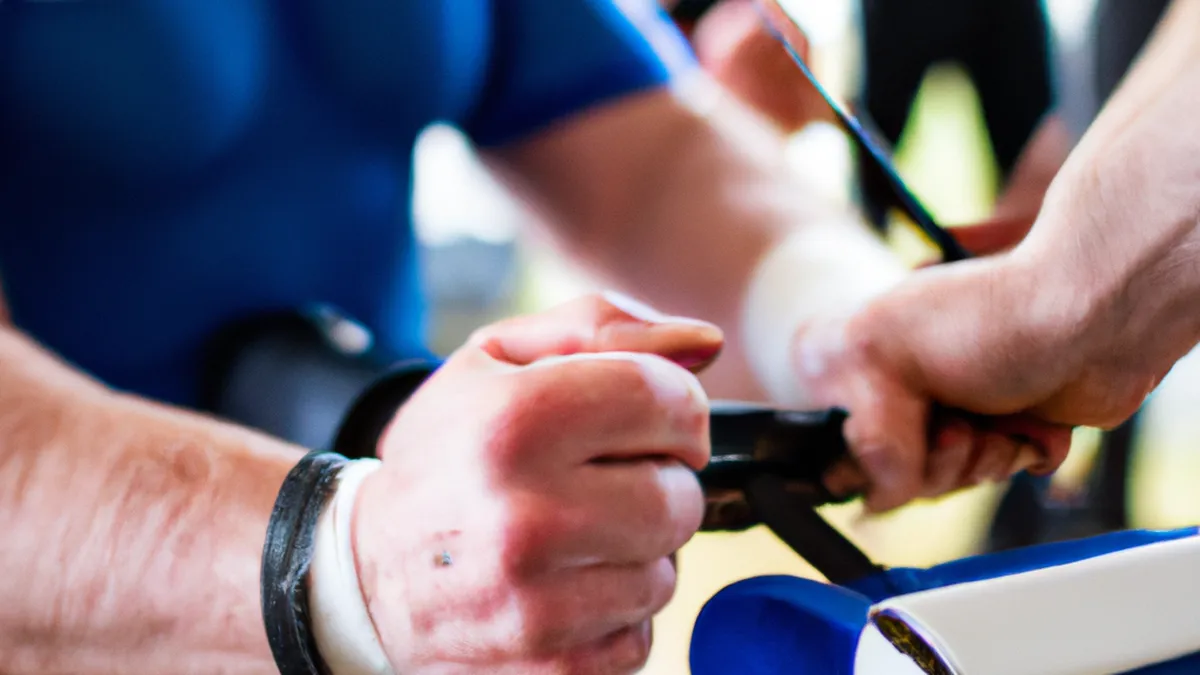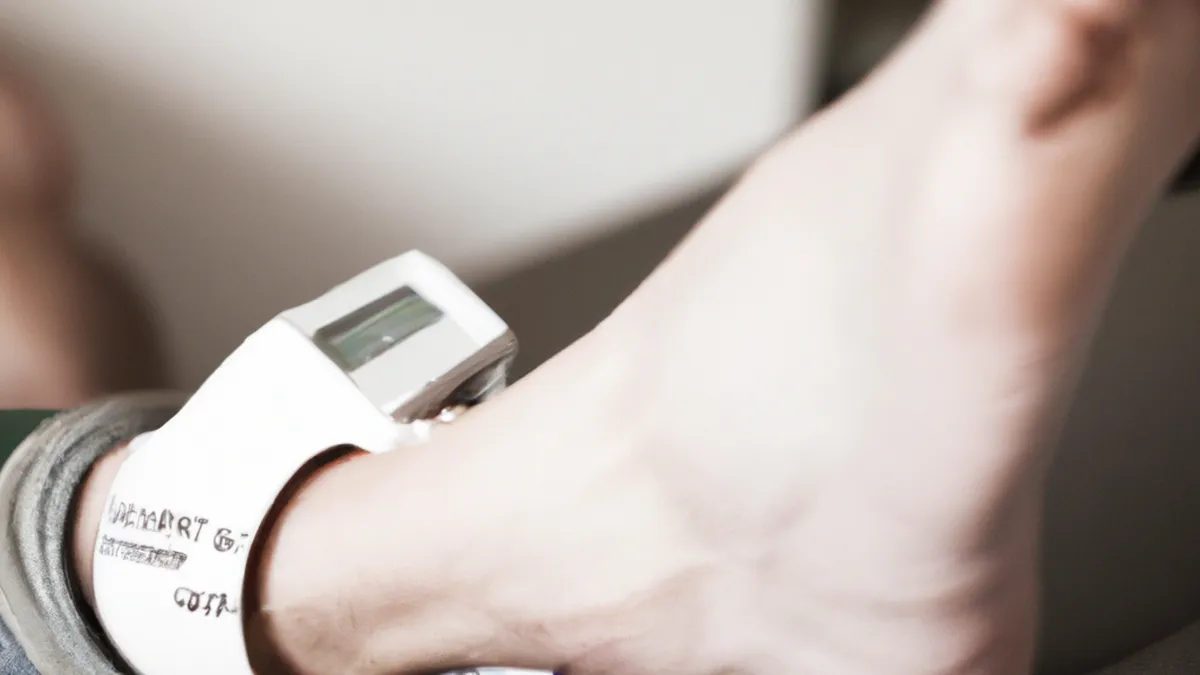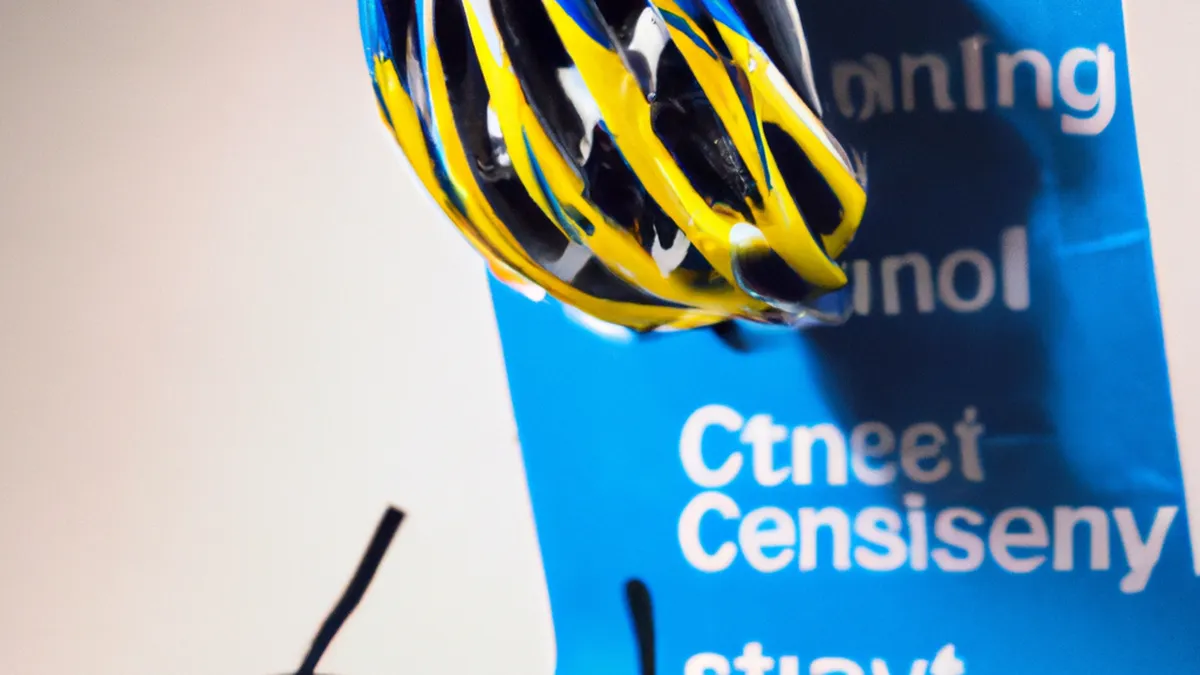Therapies to Alleviate Tendon Pain
Rehabilitation Strategies for Achilles TendinopathyAchilles tendinopathy commonly affects athletes and active individuals. This condition causes pain and inflammation in the Achilles tendon. It can hinder performance, limit mobility, and disrupt daily activities. Fortunately, effective rehabilitation strategies can aid recovery and help individuals return to their activities. This blog post explores tips for managing Achilles tendinopathy and the benefits of these strategies.
Understanding Achilles Tendinopathy
Doctors classify Achilles tendinopathy into two categories: insertional and non-insertional. Insertional tendinopathy occurs where the tendon attaches to the heel bone. Non-insertional affects the tendon’s middle portion. Overuse, improper footwear, sudden activity increases, or inadequate warm-ups often cause both types. Symptoms include pain, stiffness, and swelling around the tendon, especially after inactivity or prolonged exercise. Early intervention promotes effective rehabilitation. Untreated tendinopathy can lead to severe complications and prolonged recovery.
Tips for Rehabilitation
As an Amazon Associate I earn from qualifying purchases.
Gear tip: consider mobility sliders, foam yoga wedge, and knee brace to support this topic.
1. Initial Rest and Ice
Rest the affected area to manage Achilles tendinopathy. Avoid activities that cause pain and allow your tendon to recover. Ice the affected area for 15-20 minutes multiple times a day, especially after exercise. Icing reduces swelling and inflammation, providing immediate relief. Wrap ice in a cloth to prevent frostbite.
2. Gradual Loading
After reducing pain and inflammation, gradually introduce load to the tendon. Start with isometric exercises, like seated calf raises. These exercises increase tendon strength without straining it. Progress to eccentric exercises, focusing on lengthening the tendon under tension. Try standing calf raises, rising onto your toes, and lowering yourself slowly. Eccentric exercises promote healing and strength, leading to significant symptom improvements.
3. Stretching and Flexibility
Incorporate stretching exercises into your rehabilitation routine for optimal recovery. Focus on calf muscles and the Achilles tendon to improve flexibility. Perform gentle stretches, like calf stretches against a wall or seated toe touches. Hold each stretch for at least 30 seconds and repeat three times. Regular stretching enhances flexibility and improves overall biomechanics.
4. Cross-Training
Engage in low-impact activities during recovery to maintain fitness without stressing the tendon. Swimming, cycling, and using an elliptical machine provide excellent cardiovascular conditioning while minimizing strain.
Conclusion
In summary, effective rehabilitation strategies can significantly aid recovery from Achilles tendinopathy. Implementing rest, gradual loading, stretching, and cross-training enhances healing and improves overall performance.
Below are related products based on this post:
FAQ
What is Achilles tendinopathy?
Achilles tendinopathy is a condition that causes pain and inflammation in the Achilles tendon, commonly affecting athletes and active individuals. It can hinder performance, limit mobility, and disrupt daily activities. Understanding the types and symptoms of this condition is essential for effective management.
What are the initial steps for managing Achilles tendinopathy?
The initial steps for managing Achilles tendinopathy include resting the affected area and applying ice to reduce swelling and inflammation. It is important to avoid activities that cause pain and to ice the area for 15-20 minutes multiple times a day. This approach provides immediate relief and promotes recovery.
How can I improve flexibility during rehabilitation?
To improve flexibility during rehabilitation, incorporate stretching exercises specifically targeting the calf muscles and Achilles tendon. Gentle stretches, such as calf stretches against a wall or seated toe touches, should be performed, holding each for at least 30 seconds and repeating three times. Regular stretching enhances flexibility and overall biomechanics, aiding recovery.















Post Comment